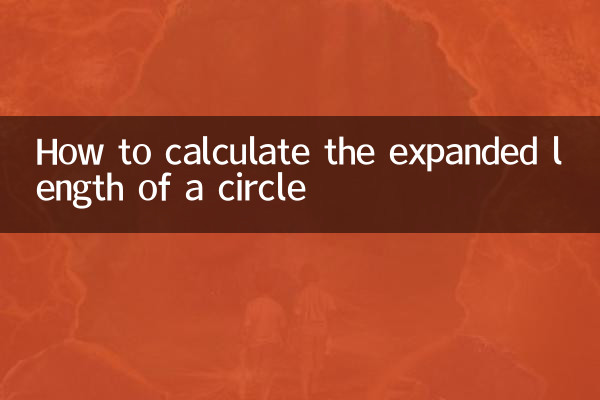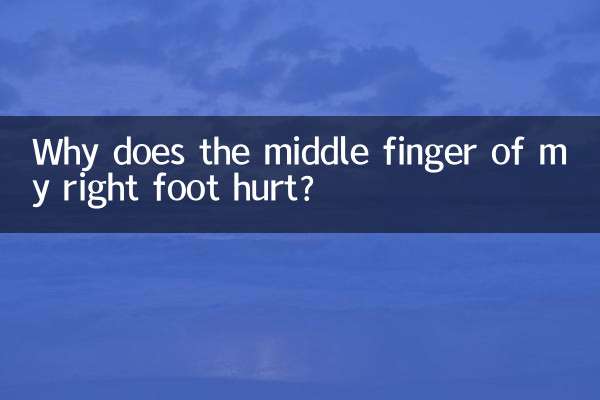How to calculate the expanded length of a circle
In the fields of mathematics and engineering, calculating the unfolded length of a circle (that is, the circumference of a circle) is a basic but important knowledge point. Whether you are designing a circular object or solving a practical problem, it is crucial to know how to calculate the circumference of a circle. This article will introduce in detail the calculation formula, derivation process and related application scenarios of the expanded length of a circle.
1. Basic formula for the expanded length of a circle

The expanded length of a circle, that is, the circumference of the circle, can be calculated by the following formula:
| Formula name | formula expression | Parameter description |
|---|---|---|
| Circumference formula of a circle | C = 2πr | C is the circumference, r is the radius, π≈3.14159 |
| Circumference formula of a circle (expressed in diameter) | C = πd | d is the diameter |
Among them, π (pi) is an irrational number, usually approximated to 3.14159. Radius (r) is the distance from the center of the circle to any point on the circumference, diameter (d) is the longest distance between two points on the circumference through the center of the circle, and d = 2r.
2. Derivation of the formula for the circumference of a circle
The formula for the circumference of a circle can be derived geometrically. The following is a brief description of the derivation process:
1.Regular polygon approximation method: Inscribe or circumscribe a regular polygon. As the number of sides of the polygon increases, its circumference gradually approaches the circumference of the circle. When the number of sides approaches infinity, the perimeter of the polygon is the circumference of the circle.
2.Integration method: Through integration in polar coordinates, the circumference of a circle can be accurately calculated. The specific derivation process is as follows:
| step | illustrate |
|---|---|
| 1 | The polar coordinate equation of a circle is r = constant |
| 2 | The formula for perimeter is C = ∫₀²π r dθ = 2πr |
3. Application scenarios of circle circumference
The circumference formula of a circle is widely used in daily life and engineering. The following are some typical examples:
| Application scenarios | illustrate |
|---|---|
| tire design | Calculate the circumference of a tire to determine its rolling distance |
| architectural planning | Calculating perimeter when designing a circular building or ring road |
| Mechanical Engineering | Calculate the circumference of circular parts such as pulleys and gears |
4. Frequently Asked Questions
1.How to measure the radius or diameter of a circle?
Use a ruler or measuring tape to measure the diameter of the circle and divide by 2 to get the radius. If the diameter cannot be measured directly, it can be calculated by measuring the distance between two points on the circumference combined with geometric methods.
2.How much does the accuracy of π affect the calculation results?
The higher the precision of π, the more accurate the calculation results will be. In most practical applications, taking π≈3.14 or 3.1416 is sufficient. But for fields with high precision requirements (such as aerospace engineering), more digits of π values may be needed.
3.What is the difference between the circumference and area of a circle?
The perimeter is the length of the circle's boundary, while the area is the size of the inner area of the circle. The calculation formulas of the two are different, and the units are also different (the unit of perimeter is the unit of length, and the unit of area is the unit of square).
5. Summary
Calculating the expanded length of a circle is a fundamental skill in mathematics and engineering. Many practical problems can be easily solved by mastering the formula for the circumference of a circle, C = 2πr or C = πd. Whether studying or working, understanding the circumference of a circle and its applications is of great significance.
I hope this article can help you better understand how to calculate the expanded length of a circle and its applications. If you have any questions or suggestions, please leave a message for discussion!

check the details

check the details